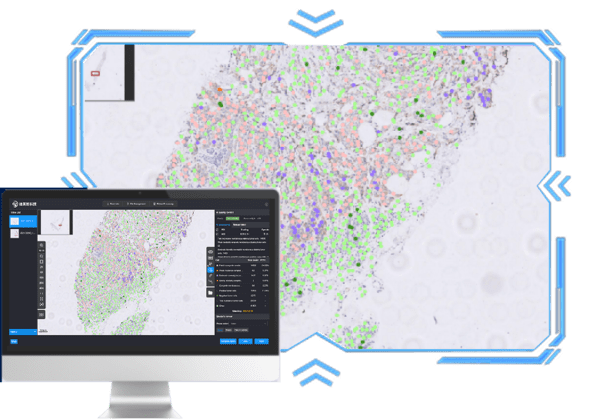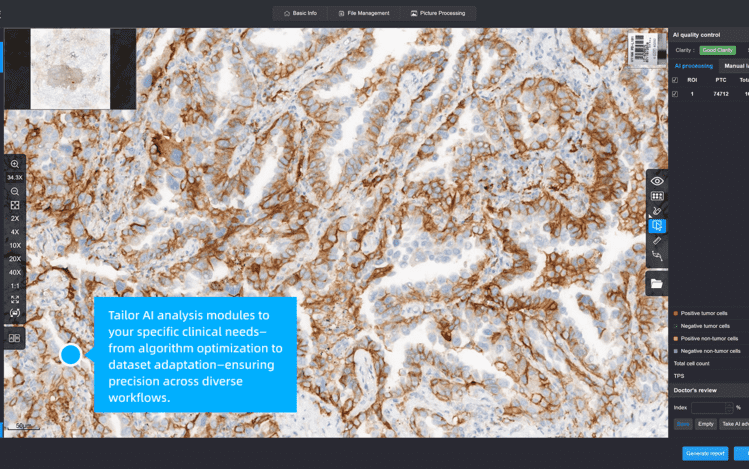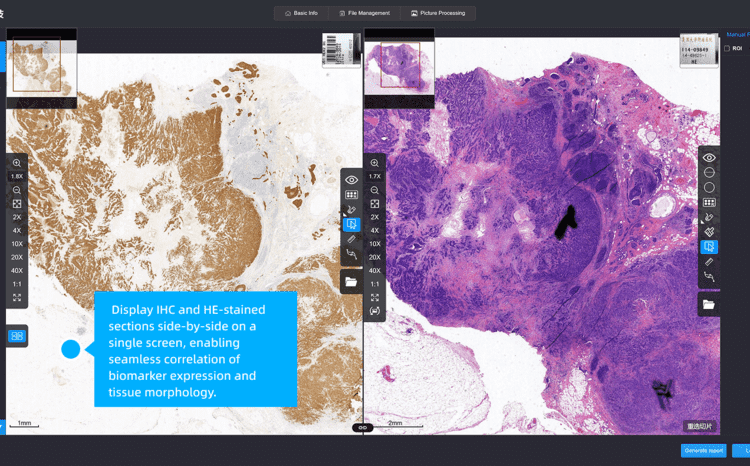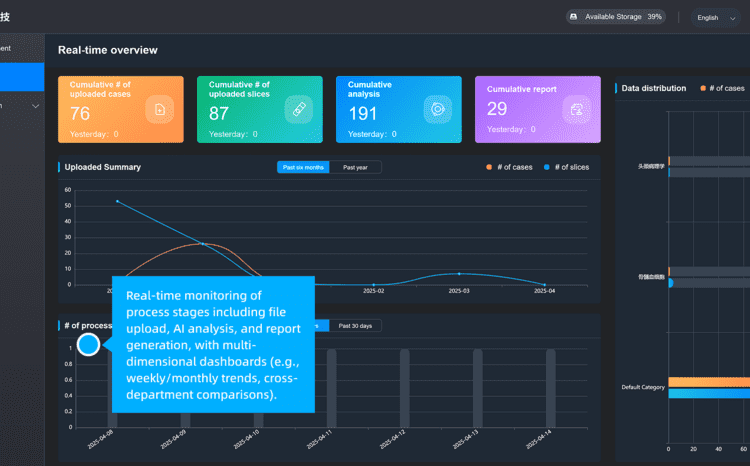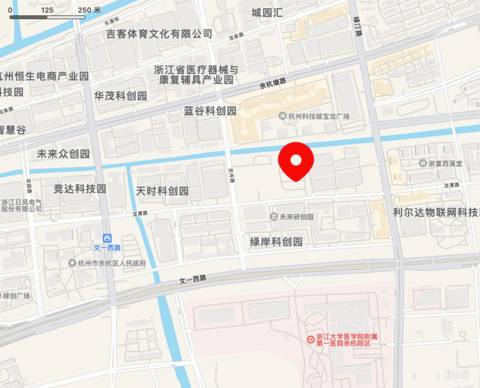D-PATH AI IHC QUANTIFICATION
AI IHC Quantification in breast cancer, lung cancer, and beyond AI quantitative analysis is utilized for the assessment of biomarkers such as KI67, ER, PR, HER-2, PD-L1, and CD30. It offers objective and accurate quantitative data, which supports molecular subtyping of cancer and contributes to research and development in targeted therapies.
